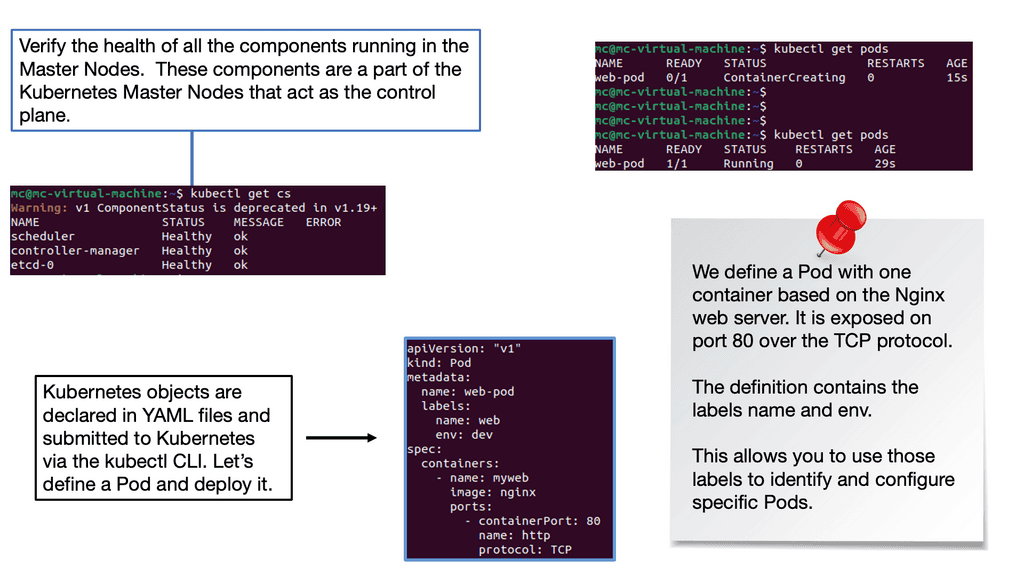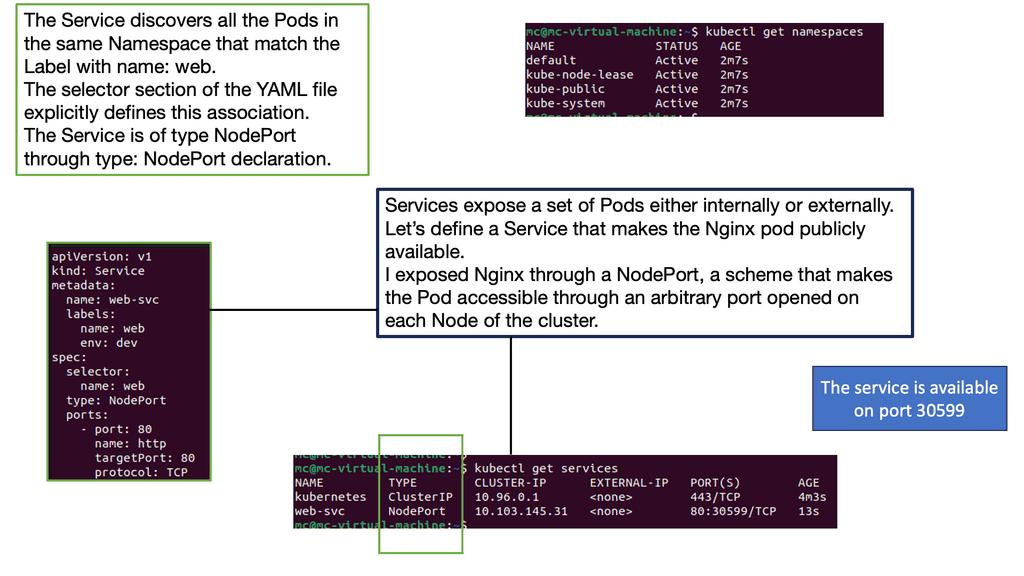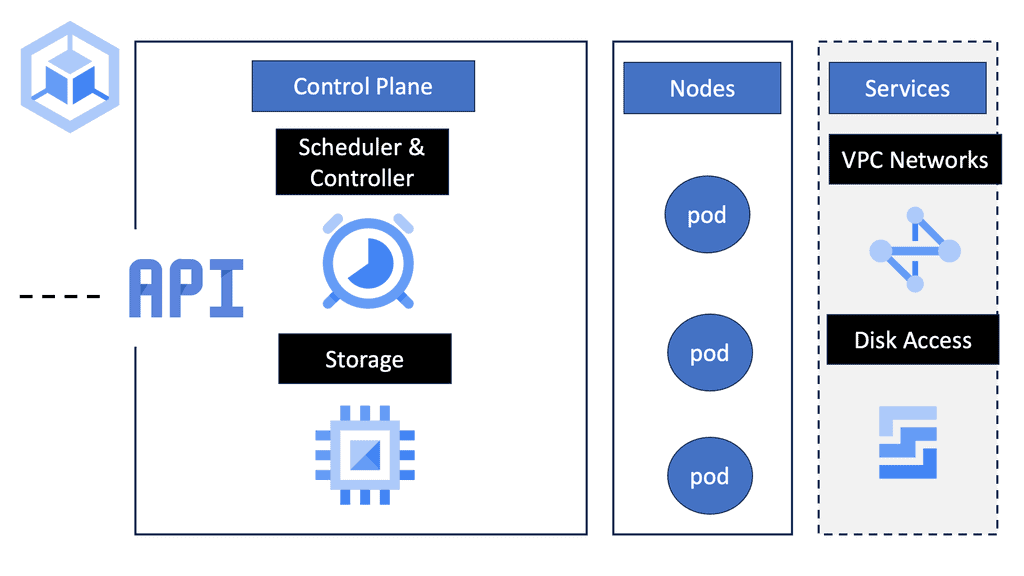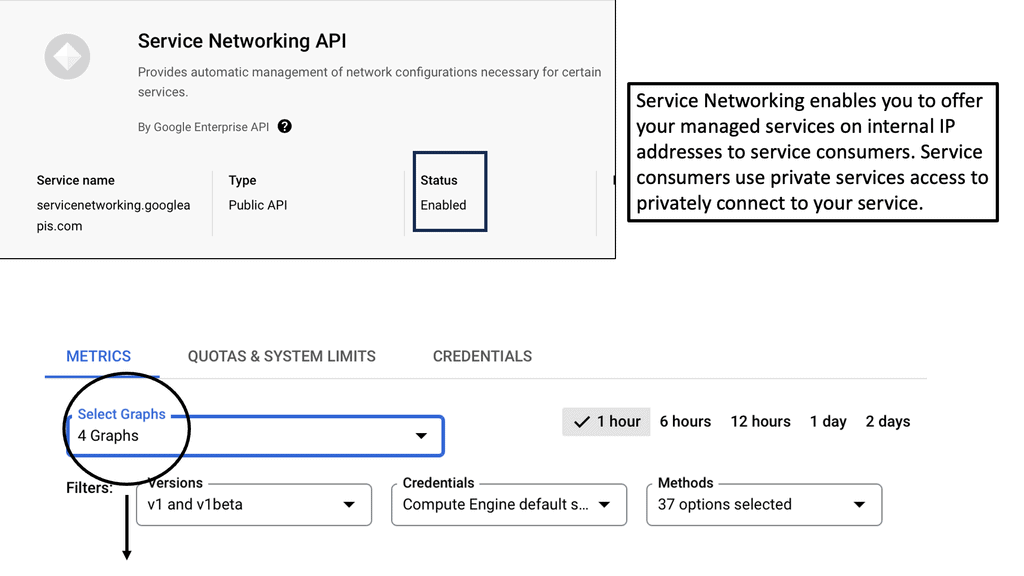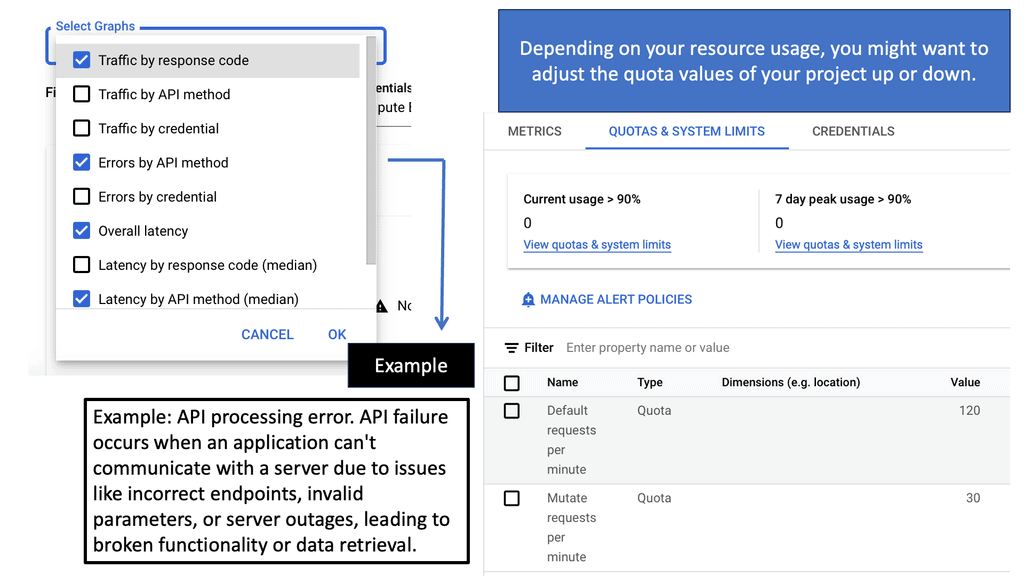Cloud-native meaning
In today's technology-driven world, the term "cloud native" has gained significant attention. It is often used in discussions surrounding modern software development, deployment, and scalability. But what exactly does it mean to be cloud native? In this blog post, we will unravel the true meaning behind this concept and explore its core principles.
Cloud native refers to an approach that enables the development and deployment of applications in a cloud computing environment. It involves designing applications specifically for the cloud, utilizing its capabilities to their fullest extent. A cloud native application is built using microservices architecture, containerization, and dynamic orchestration.
a. Microservices Architecture: Cloud native applications are composed of smaller, loosely coupled services that can be developed, deployed, and scaled independently. This modular approach enhances flexibility, resilience, and ease of maintenance.
b. Containerization: Containers provide a lightweight, isolated environment for running applications. They encapsulate everything needed to run the application, making it portable and consistent across different environments.
c. Dynamic Orchestration: Cloud native applications leverage orchestration platforms like Kubernetes to automate the deployment, scaling, and management of containers. This ensures efficient resource utilization and enables seamless application scaling.
a. Scalability and Elasticity: Cloud native applications can effortlessly scale up or down based on demand, allowing businesses to handle varying workloads efficiently.
b. Resilience and Fault Tolerance: Through a distributed architecture and fault-tolerant design, cloud native applications are inherently resilient, ensuring high availability and minimal disruptions.
c. Faster Time to Market: The modularity of microservices and automation provided by cloud-native platforms enable faster development cycles, reducing time-to-market significantly.
Embracing cloud native principles empowers organizations to build applications that are agile, scalable, and resilient in today's digital landscape. By leveraging microservices, containerization, and dynamic orchestration, businesses can unlock the full potential of cloud computing and stay ahead of the curve.
Matt Conran
Highlights: Cloud-native meaning
**The Core Principles of Cloud-Native**
Cloud-native applications are designed with several key principles in mind. Firstly, they are built to be resilient. By using microservices architecture, applications can be designed as a suite of independently deployable services, which enhances fault tolerance.
Secondly, they are scalable. Cloud-native applications leverage the elasticity of the cloud environment, allowing resources to be scaled up or down based on demand.
Thirdly, automation is at the heart of cloud-native practices. From deployment to management, automation tools and practices (like CI/CD pipelines) ensure that updates and scaling can happen seamlessly, reducing human error and speeding up the development process.
**Benefits of Adopting Cloud-Native Practices**
The benefits of adopting cloud-native practices are manifold. Organizations can achieve greater agility since they are no longer constrained by traditional IT infrastructure. This agility allows businesses to innovate faster, bringing new features and products to market more rapidly.
Additionally, the cost-effectiveness of the cloud-native model can’t be overstated. By optimizing resource use and only paying for what they actually use, companies can significantly reduce operational costs. Furthermore, with enhanced resilience and quicker recovery times, cloud-native applications can ensure better uptime and reliability for end-users.
**Overcoming Challenges in Cloud-Native Transition**
While the advantages are clear, transitioning to a cloud-native architecture is not without its challenges. One of the primary hurdles is the cultural shift required within organizations. Developers and IT teams must embrace new tools, methodologies, and ways of thinking. Security is another concern, as the distributed nature of cloud-native applications can introduce new vulnerabilities. Lastly, there’s the complexity of managing microservices. With potentially hundreds of services interacting with each other, maintaining smooth communication and operation requires robust orchestration and monitoring tools.
Understanding Cloud-Native
At its core, cloud-native refers to an approach that leverages cloud computing and embraces the full potential of the cloud environment. It involves designing, developing, and deploying applications specifically for the cloud rather than simply migrating existing applications to the cloud infrastructure. Certain principles are essential to embody the cloud-native philosophy truly. They include:
1. Microservices Architecture: Cloud-native applications are built as a collection of small, independent services that work together to provide complete functionality. This modular approach allows for scalability, flexibility, and easier maintenance.
2. Containerization: Containers like Docker play a crucial role in cloud-native development. They encapsulate an application and its dependencies, providing consistency across different environments and enabling portability.
3. DevOps Culture: Cloud-native development embraces a collaborative culture between development and operations teams. Automation, continuous integration, and continuous deployment are key pillars of this culture, ensuring faster and more efficient software delivery.
Cloud-native Applications
Cloud-native applications exhibit distinctive characteristics that set them apart from traditional software. They are typically containerized, leveraging technologies like Docker or Kubernetes for efficient deployment, scaling, and management. Moreover, these applications are built using microservices architecture, allowing for modular development and enabling teams to work independently on different components. This decoupled nature brings flexibility and promotes rapid innovation.
One of the most significant advantages of going cloud-native lies in its ability to foster innovation and agility. By embracing cloud-native principles, development teams can expedite the release of new features and updates, enabling faster time-to-market. The modular nature of microservices architecture facilitates continuous integration and deployment (CI/CD), empowering developers to iterate rapidly, respond to user feedback, and deliver value to customers more efficiently.
Adopting cloud-native practices brings numerous advantages to businesses and developers alike. Some of the key benefits include:
1. Scalability and Elasticity: Cloud-native applications can effortlessly scale up or down to meet demand, thanks to the flexible nature of the cloud environment. This allows businesses to optimize resource usage and deliver optimal user experiences.
2. Faster Time-to-Market: Leveraging cloud-native principles speeds up the software development lifecycle. Microservices architecture enables parallel development, while containerization and automation streamline deployment, resulting in faster time-to-market for new features and updates.
3. Resilience and Fault Tolerance: Cloud-native applications are designed to resist failures. Cloud-native applications can recover quickly from failures and ensure high availability by utilizing distributed systems, redundant components, and automated monitoring.
—-
A-) A Cloud Native architecture consists of developing software applications as a collection of loosely coupled, independent, business capability-oriented services (microservices) that are automated, scalable, resilient, manageable, and observable across dynamic environments (public, private, hybrid, and multi-cloud).
B-) Cloud-based applications are increasingly common due to their agility, reliability, affordability, and scalability. Application deployment and operations are primarily the focus of current cloud-native architectures. However, applying conventional application development patterns and techniques is impossible. When developing cloud-native applications
—-
Google Cloud Data Centers
### The Power of Kubernetes
Kubernetes has revolutionized the way we think about deploying applications. Originally developed by Google, Kubernetes is an open-source platform designed to automate the deployment, scaling, and operation of application containers. As a managed service, GKE extends these capabilities, allowing users to harness the full power of Kubernetes without the complexity of managing the infrastructure. This means you can focus more on developing your applications and less on the underlying systems.
### Key Features of Google Kubernetes Engine
GKE offers a plethora of features tailored for efficiency and performance. One of the standout features is its auto-scaling capability, which ensures that your applications have the right amount of resources at any given time. This flexibility is crucial for handling varying workloads and traffic spikes. Moreover, GKE’s integration with other Google Cloud services provides a seamless ecosystem for developers, enhancing capabilities such as monitoring, logging, and security.
### Embracing Cloud-Native with GKE
Adopting a cloud-native approach means building applications that fully leverage the cloud’s advantages. GKE supports this by providing a platform that is both resilient and scalable. By using microservices architecture, developers can create applications that are more modular and easier to manage. This not only improves development cycles but also enhances the overall reliability of applications. Additionally, GKE’s continuous integration and continuous delivery (CI/CD) support streamline the path from development to production.
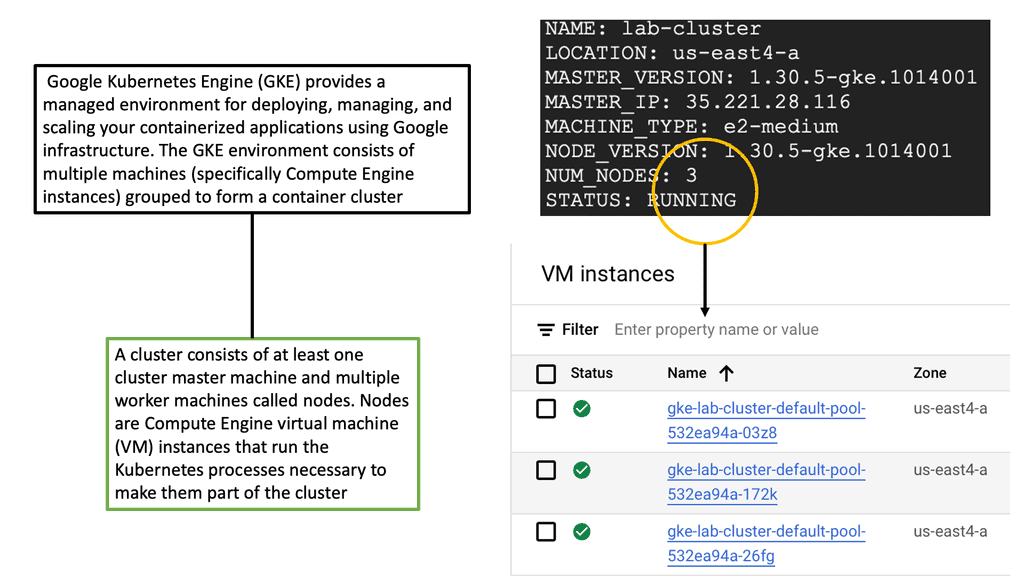
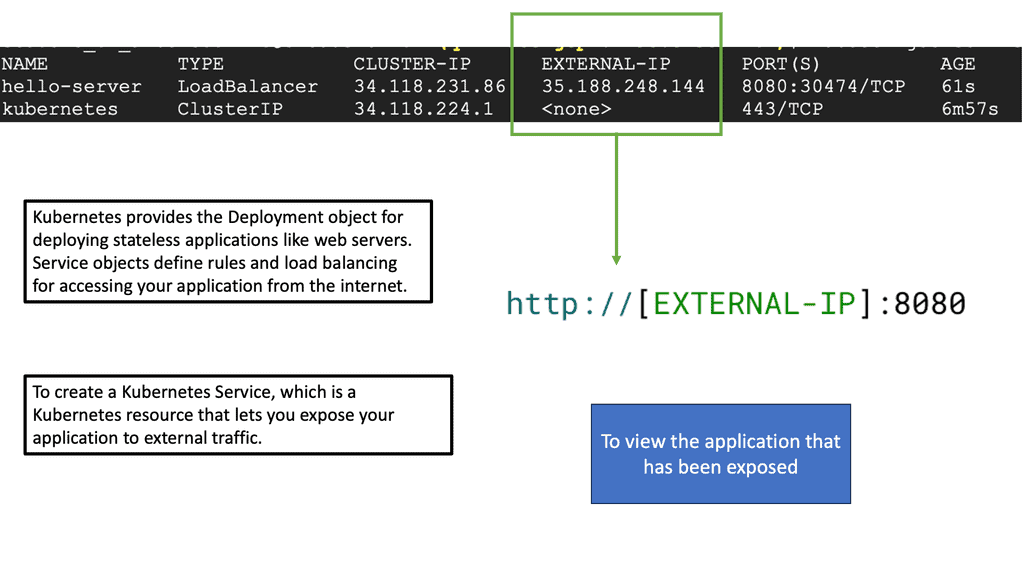 **The Journey To Cloud Native**
**The Journey To Cloud Native**
We must find ways to efficiently secure cloud-native microservice environments and embrace a Zero Trust Network Design. To assert who we say we are, we need to provide every type of running process in an internal I.T. infrastructure with an intrinsic identity. So, in our journey for cloud-native meaning, how do you prove who you are flexibly, regardless of what platform?
**Everything is an API Call**
First, you need to give someone enough confidence to trust your words. I.P. addresses are like home addresses, creating a physical identity for the house but not telling you who the occupants are. The more you know about the people living in the house, the richer the identity you can give them. The richer the identity, the more secure the connection.
Larger companies have evolved their authentication and network security components to support internal service-to-service, server-to-server, and server-to-service communications. Everything is an API call. There may only be a few public-facing API calls, but there will be many internal API calls, such as user and route lookups.
In this situation, CASB tools will help your security posture. However, this will result in a scale we have not seen before. Companies like Google and Netflix have realized there is a need to move beyond what most organizations do today.
Example – Service Networking API
**Understanding the Basics**
The Service Networking API is designed to simplify the process of establishing private connections between your Virtual Private Cloud (VPC) networks and Google Cloud services. By using this API, you can create private connections, known as VPC Network Peering, which enable secure communication without exposing your data to the public internet. This ensures that your data remains protected while also reducing latency and improving the overall performance of your applications.
**Key Features and Benefits**
One of the primary advantages of using the Service Networking API is its ability to provide a seamless integration between your on-premises infrastructure and Google Cloud services. This includes not only the basic connection setup but also automated IP address management and routing configuration. Additionally, the API supports a range of Google Cloud services, including Cloud SQL, Memorystore, and AI Platform, giving you the flexibility to connect and manage different services according to your specific needs.
Moreover, the API is designed to be highly scalable, accommodating the growing demands of your business without compromising on security or performance. With its robust security features, the Service Networking API ensures that your data remains safe from unauthorized access, while also providing detailed monitoring and logging capabilities to help you keep track of network activity.
**Getting Started with Service Networking API**
To get started with the Service Networking API, you need to enable the API in your Google Cloud project and configure your network settings. This involves setting up VPC Network Peering, allocating IP address ranges, and establishing the necessary firewall rules. Google Cloud provides comprehensive documentation and tutorials to guide you through the setup process, making it easy for even beginners to leverage the powerful capabilities of the Service Networking API.
Once your network is configured, you can start connecting your Google Cloud services to your private network, allowing you to build a more secure and efficient cloud environment. Whether you’re looking to optimize your existing infrastructure or expand into new areas, the Service Networking API can help you achieve your goals with ease and confidence.
Before you proceed, you may find the following post helpful:
Cloud-native meaning
Understanding the Fundamentals
To comprehend the concept of Cloud Native, we must first grasp its underlying principles. At its core, Cloud Native refers to the design and development of applications specifically built to thrive in cloud environments. It emphasizes containerization, microservices, and orchestration tools like Kubernetes. This approach enables applications to be highly scalable, resilient, and portable, paving the way for efficient utilization of cloud resources.
1. Achieving Agility and Flexibility: One of the critical advantages of adopting a Cloud Native approach is the ability to achieve unparalleled agility and flexibility. Organizations can iterate, deploy, and scale each component separately without disrupting the system by decoupling applications into smaller, independent microservices. This empowers development teams to rapidly respond to changing business needs, roll out new features, and experiment with innovative ideas, fostering a culture of continuous innovation.
2. Scalability and Resilience at its Core: Cloud Native architecture embraces scalability and resilience. By leveraging containerization, applications can seamlessly scale up or down, depending on demand, enabling organizations to handle spikes in traffic or sudden surges in workload efficiently. Moreover, the system can automatically recover from failures using automated orchestration tools like Kubernetes, ensuring high availability and minimizing downtime.
3. Embracing DevOps and Collaboration: The Cloud Native philosophy aligns perfectly with the principles of DevOps, fostering collaboration and improving the overall efficiency of software development and operations. By breaking down monolithic applications into microservices, development and operations teams can work independently on different components, accelerating the release cycle and enabling faster iterations. This collaborative approach enhances communication, reduces bottlenecks, and delivers high-quality, reliable software.
4. Security and Governance Considerations: While the benefits of Cloud Native are substantial, it is crucial to address security and governance aspects. With components distributed across various containers and services, organizations must adopt robust security practices and implement proper access controls. Additionally, monitoring and observability tools become essential to gain insights into the system’s behavior and ensure compliance with industry regulations.
The Role of Cloud Computing
Cloud computing is feasible only because of the technologies that enable resource virtualization. Multiple virtual endpoints share a physical network. Still, different virtual endpoints belong to various customers, and the communication between these endpoints also needs to be isolated. In other words, the network is a resource, too, and network virtualization is the technology that enables sharing a standard physical network infrastructure.
Cloud Native Meaning: Network Segmentation
Firstly, they rely on traditional network constructs such as firewalls and routers to enforce authentication. If traffic wants to get from one I.P. segment to another I.P. segment, it passes through a layer 4 to layer 7 rule set filter; then, those endpoints should be allowed to talk to each other.
However, network segmentation is a bit too coarse-grained compared to what is happening at the application layer. The application layer is going through significant transformational changes. The changes to network security represent the application less than the application should be described.
API gateways, web application firewalls (WAFs), and next-gen firewalls are all secondary to protecting microservices. They are just the first layer of defense. Every API call is HTTP/HTTPS, so what good is a firewall anyway?
Traditional Security Mechanism
We have new technologies that are being protected by traditional means. The conventional security mechanism based on I.P. and 5-tuple can’t work in a cloud-native microservice architecture, especially when there are lateral movements. Layer 4 is coupled with the network topology and lacks the flexibility to support agile applications.
These traditional devices must follow the microservice workload, source/destination IP address, and source/destination port number around the cloud, or else things will be practical. This is a design phase that will not happen. You need to bring security to the microservice, not vice versa.
Traditional security mechanisms are evaporating. The perimeter has changed and is now at the API layer. Every API presents a new attack surface, which results in a gap. A gap must be filled, and only a few companies do this. There are too few, and we need more.
Outdated: Tokens and Keys
The other thing is the continued use of Tokens and Keys. They are hard-coded strings that serve as a proxy for who you are. The problem is that the management of these items is complex. For example, rotating and revoking them is challenging. This is compounded by the fact that we must presume that the I.T. organization infrastructure will become more horizontally scaled and dynamic.
We can all agree that we will arbitrarily see these things spin up and down with the introduction of technologies such as containers and serverless because it’s more cost-effective than building and supporting tightly coupled monolithic applications. So, the design pattern of enterprise I.T. is moving forward, making the authentication problem more difficult. So we need to bring life a new initiative. We need a core and identity construct that supports the design pattern when building for the future.
Cloud-native meaning with a new identity-based mechanism
We need companies to recognize that a new identity-based mechanism is required. We have had the identity for human-centric authentication for decades. There are hundreds of companies built to do this. However, the scale of identity management of internal infrastructure is an order of magnitude more significant than it was with humans.
That means existing technology constructs and technologies such as Active Directory need to be more scalable and built for this scale. This is where the opportunity arises – building architectures that match this scale.
Another thing that comes to mind when you look at these authentication frameworks when you think about identity and cryptography is that it’s a bit of a black box, especially for the newer organizations that don’t have the capacity and DNA to think about infrastructure at that layer.
The organization is interested in a product that allows them to translate internal policies that are no longer in the internal data center but in the cloud. We need a way to carry out the mappings to the middleware public cloud using identity as the core service. When everything has an atomic identity, it can also be used for other purposes. For example, you can use it to chain identities together and better debug and trace, to name a few.
Closing Points – Cloud Native Meaning
At the heart of cloud-native are several core principles that guide its implementation. These include microservices architecture, containers, and continuous integration/continuous deployment (CI/CD) pipelines. Microservices allow developers to break down applications into smaller, independent services that can be developed, deployed, and scaled independently. Containers, such as those orchestrated by Kubernetes, provide a portable and efficient environment for these microservices. Meanwhile, CI/CD pipelines automate the process of building, testing, and deploying code, ensuring that updates can be delivered quickly and reliably.
Adopting a cloud-native strategy offers numerous benefits to organizations. Firstly, it enhances scalability, allowing businesses to handle increased loads by simply deploying additional instances of microservices as needed. This flexibility is particularly beneficial during peak usage times. Secondly, it improves resilience; with applications spread across multiple cloud environments, the failure of one component doesn’t necessarily lead to a complete system shutdown. Lastly, the cloud-native approach fosters innovation by enabling developers to experiment and iterate rapidly, without being bogged down by monolithic codebases.
Despite its advantages, transitioning to cloud-native is not without challenges. Organizations must consider the complexity of managing numerous microservices and ensuring they communicate effectively. Additionally, security becomes a top priority, as the distributed nature of cloud-native applications can increase the risk of vulnerabilities. Companies must also be prepared to invest in training and upskilling their teams to effectively leverage cloud-native technologies.
Summary: Cloud-native meaning
In today’s rapidly evolving technological landscape, the term “cloud native” has gained significant attention. But what does it indeed mean? In this blog post, we embarked on a journey to unravel the essence of cloud native, exploring its key characteristics, benefits, and role in driving digital innovation.
Defining Cloud Native
Cloud-native is a software development and deployment approach that embraces the cloud computing model. It is characterized by designing, building, and running applications that fully leverage the potential of cloud technologies, such as scalability, flexibility, and resilience. Unlike traditional monolithic applications, cloud-native applications comprise loosely coupled, independently deployable microservices.
Key Principles of Cloud Native
Certain principles must be followed to truly embrace cloud native. These include containerization, which allows applications to be packaged and run consistently across different environments, and orchestration, which automates the management and scaling of containers. Additionally, cloud-native applications often employ a DevOps culture, where development and operations teams collaborate closely to enable continuous integration, delivery, and deployment.
Benefits of Cloud Native
Cloud-native brings forth a plethora of benefits. Firstly, it enables organizations to achieve greater scalability by leveraging the elasticity of cloud platforms, allowing applications to handle varying workloads seamlessly. Secondly, cloud-native architectures promote agility, facilitating rapid development and deployment cycles and reducing time to market. Moreover, the flexibility and resilience of cloud-native applications enhance fault tolerance and enable seamless scaling to meet evolving business needs.
Cloud Native and Digital Innovation
Cloud-native is closely intertwined with digital innovation. By leveraging cloud-native technologies, organizations can foster a culture of experimentation and rapid prototyping, enabling them to quickly iterate and adapt to market demands. The modular nature of cloud-native applications also facilitates continuous delivery and integration, empowering developers to introduce new features and updates more efficiently.
Conclusion
Cloud-native represents a paradigm shift in software development and deployment, enabling organizations to harness the full potential of the cloud. By embracing cloud-native principles, businesses can achieve greater scalability, agility, and resilience. Furthermore, cloud-native drives digital innovation, empowering organizations to adapt and thrive in today’s dynamic and competitive landscape.
- DMVPN - May 20, 2023
- Computer Networking: Building a Strong Foundation for Success - April 7, 2023
- eBOOK – SASE Capabilities - April 6, 2023


